[Opposite Surprise is a fold-out board book that can be used on different levels with mixed age groups. Some of the concepts are simple, like small or big which shows a small car and a large truck. Others are more complicated like thin and wide showing a pencil and a bridge, and one rather puzzling hot and cold showing the sun and two plugs. School age children could even make their own fold-out pages of opposites.]
Introduction: Our next book is a book about opposites. Can anyone tell me something that is opposite? [See if they give examples.] Let's look at this fun book of opposites. [Choose a few pages or read the whole book, talking about the pictures and the words that are opposite, letting older children guess what might the picture might be before opening the fold-out page.]
Early Literacy Aside--Example: Background Knowledge--Conceptual Thinking: Adults, we might often use words that are opposite like big and small or up and down. However, also pointing out that these ARE opposites helps children learn the concept of opposite which builds their understanding about the world around them, and also their comprehension when they later read these words.
OR
Early Literacy Aside--Example: Vocabulary: Adults, when we use the word opposite with words that are opposites, we are helping to build children's vocabulary which will later help them understand what they read.
Early Literacy Aside--Empower: Adults, you certainly don't need a book about opposites to talk about opposites. As you are playing with your children, even lifting them up and down, feeling tired or rested/refreshed, or in the bathtub--float and sink--there are many opportunities throughout the day to talk about opposites which helps your children understand their world.




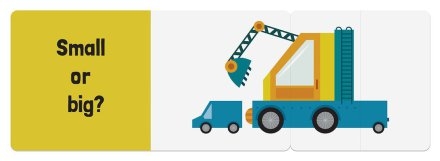

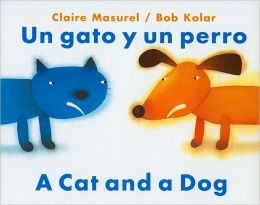
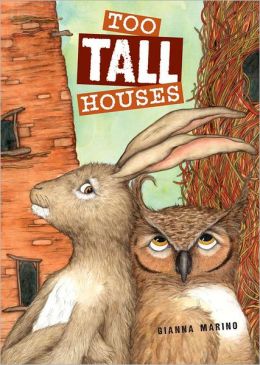
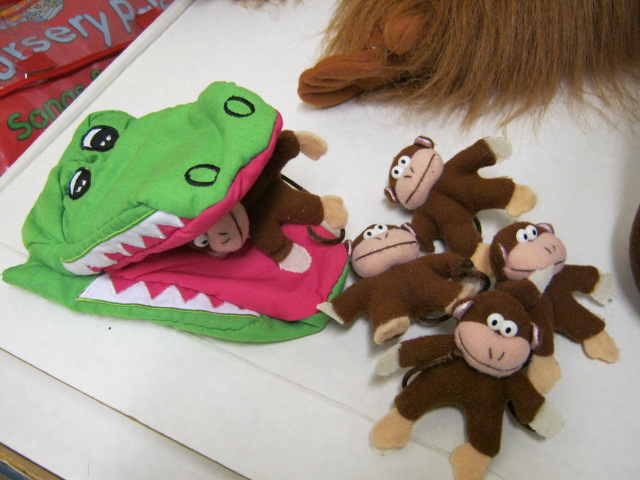
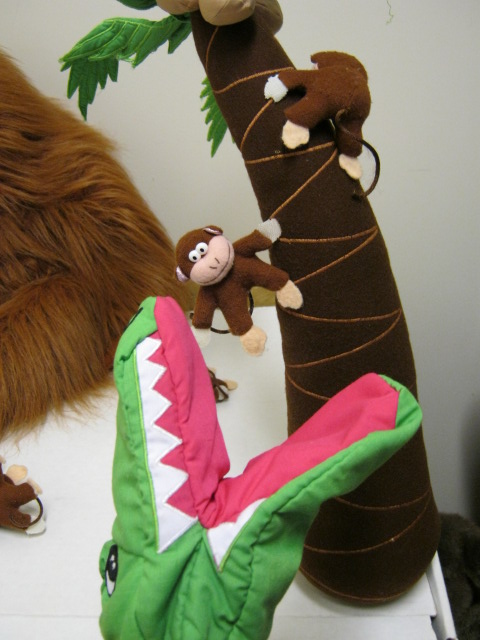
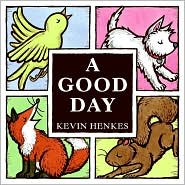 Book Introduction: In this book there are four animals (point to them on the cover)--a yellow bird, a white dog, an orange fox, and a brown squirrel. For each animal something sad happens, but then something good does, too! Let's see what happens.Read the book A Good Day by Kevin Henkes.
Sometimes something happens to us that makes us sad, but then we find a way to be happier. I am going to give each person a piece of paper and there are some crayons to share. I would like you to draw a picture of a time you were sad and a time you could make yourself happy. Then tell me or the adult who brought you about your picture.
Early Literacy Aside--Example: Adults, having your child describe their experiences and feelings aloud gives you an opportunity to develop their vocabulary and background knowledge. You can add more words to what they already use and also explain more about the situations they describe.
Book Introduction: In this book there are four animals (point to them on the cover)--a yellow bird, a white dog, an orange fox, and a brown squirrel. For each animal something sad happens, but then something good does, too! Let's see what happens.Read the book A Good Day by Kevin Henkes.
Sometimes something happens to us that makes us sad, but then we find a way to be happier. I am going to give each person a piece of paper and there are some crayons to share. I would like you to draw a picture of a time you were sad and a time you could make yourself happy. Then tell me or the adult who brought you about your picture.
Early Literacy Aside--Example: Adults, having your child describe their experiences and feelings aloud gives you an opportunity to develop their vocabulary and background knowledge. You can add more words to what they already use and also explain more about the situations they describe.